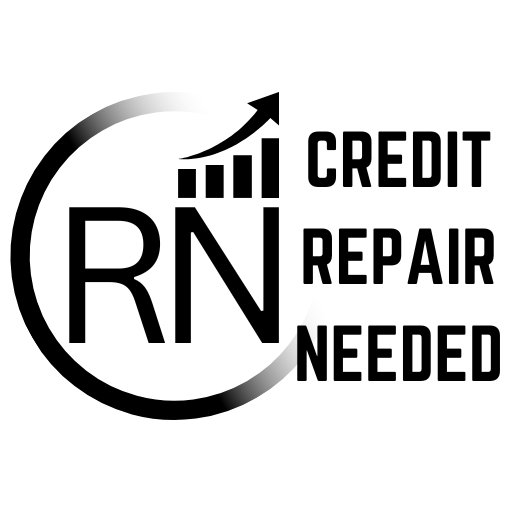Debt Management: Tools and Strategies
Debt Management Tools and Strategies
Introduction
Effective debt management requires a combination of the right tools and strategies. Here, we’ll explore some powerful resources and techniques to help you take control of your debt and work towards financial freedom.
Essential Tools for Debt Management
1. Debt Tracking Spreadsheet
A comprehensive spreadsheet can help you visualize your debt and track your progress.
See Example Below:
| Creditor | Debt Type | Original Balance | Current Balance | Interest Rate | Minimum Payment | Due Date | Extra Payment | Total Payment |
|---|---|---|---|---|---|---|---|---|
| CreditCard Co. | Credit Card | $5,000 | $4,500 | 18.99% | $125 | 15th | $75 | $200 |
| BigBank | Personal Loan | $10,000 | $8,750 | 12.5% | $250 | 1st | $50 | $300 |
| Student Lender | Student Loan | $20,000 | $18,500 | 5.5% | $180 | 20th | $20 | $200 |
| Auto Finance | Car Loan | $15,000 | $12,000 | 4.9% | $300 | 5th | $0 | $300 |
| Total | - | $50,000 | $43,750 | - | $855 | - | $145 | $1,000 |
2. Budgeting Apps
- Mint
- YNAB (You Need A Budget)
- Personal Capital
- EveryDollar
3. Credit Score Monitoring Services
- Credit Karma
- Credit Sesame
- Annual Credit Report.com (for full reports)
Effective Strategies for Debt Management
1. The Debt Snowball Method
Focus on paying off your smallest debts first, regardless of interest rates. This strategy provides quick wins and motivation.
Debt Snowball Calculator
| Name | Balance | Rate (%) | Min Payment |
|---|
2. The Debt Avalanche Method
Target debts with the highest interest rates first. This approach saves you more money in interest over time.
3. The Debt Consolidation Approach
Combine multiple debts into a single loan with a lower interest rate. This can simplify payments and potentially save on interest.
PRO TIP
Be cautious with debt consolidation. Make sure the new loan truly offers better terms and avoid accumulating new debt
4. The Cash Flow Management Strategy
- Create a bare-bones budget
- Sell unused items
- Take on a side hustle
- Negotiate bills and expenses
5. The Debt Settlement Approach
As a last resort, negotiate with creditors to settle debts for less than what you owe. This can have significant impacts on your credit score and should be approached cautiously.
Putting It All Together
Effective debt management often involves combining multiple tools and strategies. Here’s a step-by-step approach:
- List all your debts using the debt tracking spreadsheet
- Create a budget using a budgeting app to maximize debt repayment
- Choose a debt repayment strategy (snowball or avalanche)
- Consider debt consolidation if it will save you money
- Implement cash flow management techniques to increase your debt payments
- Monitor your progress and credit score regularly
- Adjust your strategy as needed
Remember: Debt management is a journey. Be patient with yourself and celebrate every milestone along the way!
Need More Help?
If you’re feeling overwhelmed, consider seeking professional help:
- Credit Counseling Services
- Financial Advisors
- Debt Management Programs
Remember, you’re not alone in this journey. With the right tools, strategies, and support, you can overcome your debt and build a stronger financial future.
